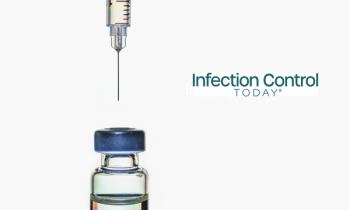
Reusable Shopping Bags Could Harbor Bacteria
The International Association for Food Protection's Food Protection Trends has published a study in its latest issue revealing that most consumers surveyed never wash their reusable bags between uses, permitting bacteria to grow. The peer-reviewed study, completed by University of Arizona microbiologist Charles Gerba, PhD, found that large numbers of bacteria were found in almost all bags and that coliform bacteria were found in half of those tested. Eight percent of bags contained E. coli.
The study tested 87 reusable bags obtained at random from grocery shoppers in California and Arizona during the early summer of 2010. Each bag was swabbed for bacteria and laboratory tested.
"I was surprised to learn through this study that only three percent of shoppers surveyed actually said they washed their reusable bags between uses. More surprising were the numbers of people who stated they used the bags not only for food shopping, but also to transport clothing and other products to and from work and the gym," says Gerba. "There has been a growing movement to use reusable bags when we shop, but without proper washing, these bags can expose our families to bacteria that can cause illness."
Reusable bags are particularly susceptible to contamination since remnants of meats and dairy products which may seep out of packaging remain in bags unless washed out, resulting in bacterial growth. Once subjected to the heat of a car trunk, these bacteria quickly multiple.
"Washing bags is the only way to protect your family. It will remove 99.9 percent of germs. Although it may be a nuisance, washing must be done to ensure your food is safe to eat," Gerba says. "I'd recommend washing it with hot, soapy water after each use."
Gerba adds, "If you choose to use a reusable bag for grocery shopping, it's important to keep your meats in separate plastic bags, use separate reusable bags for food items, and wash them between uses."
Newsletter
Stay prepared and protected with Infection Control Today's newsletter, delivering essential updates, best practices, and expert insights for infection preventionists.






